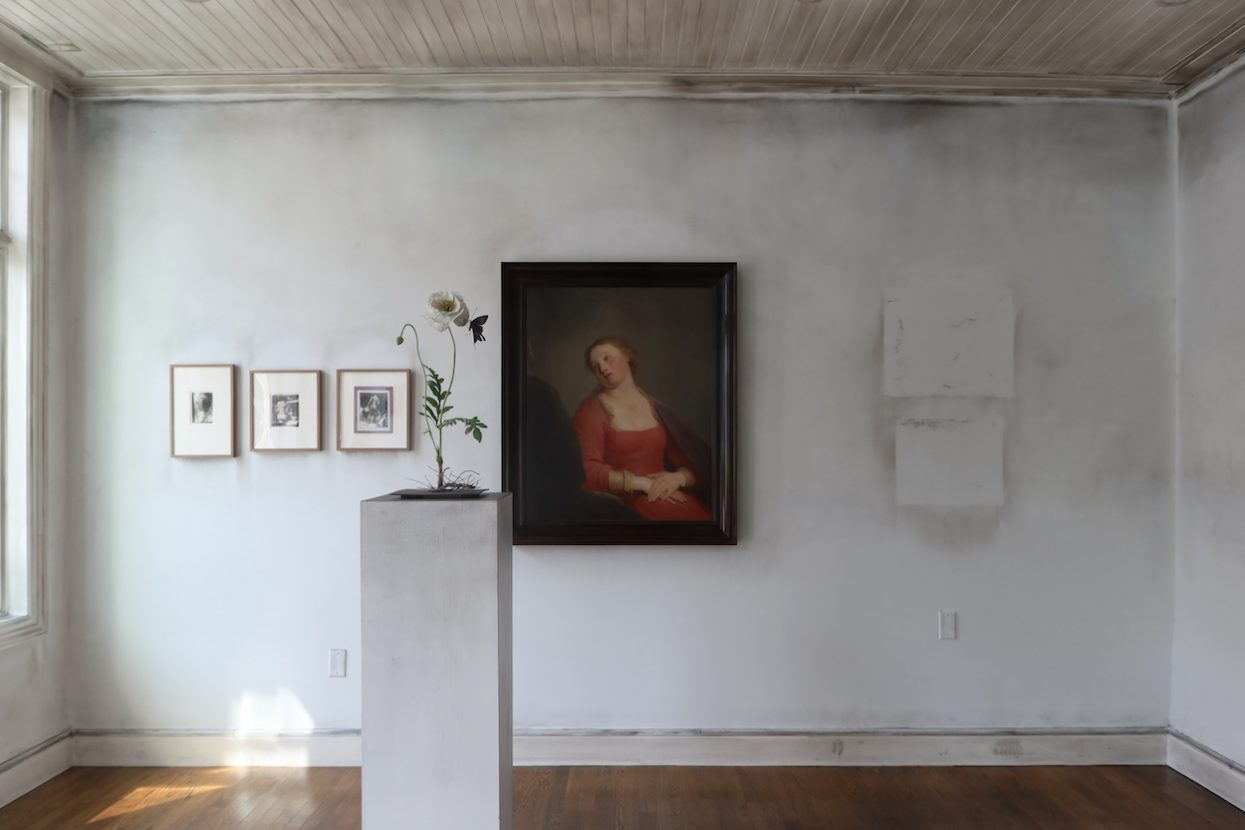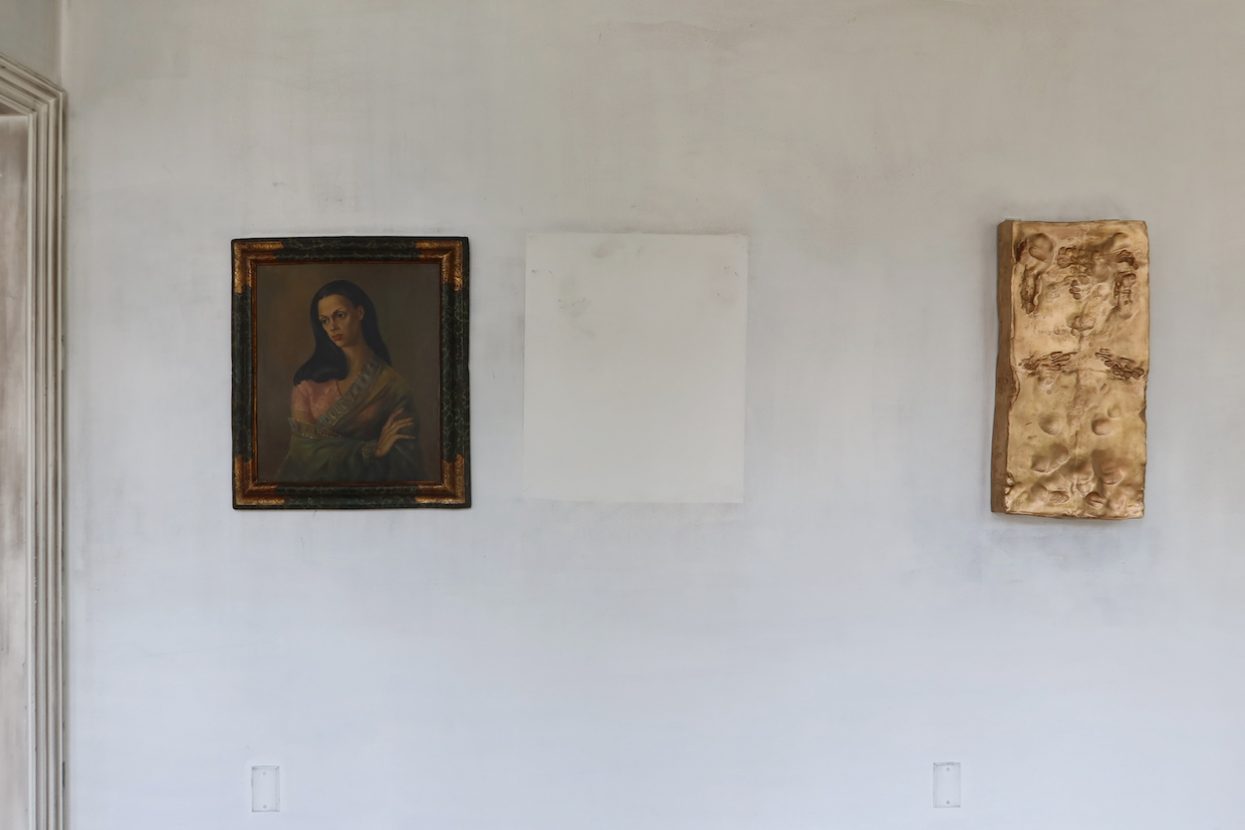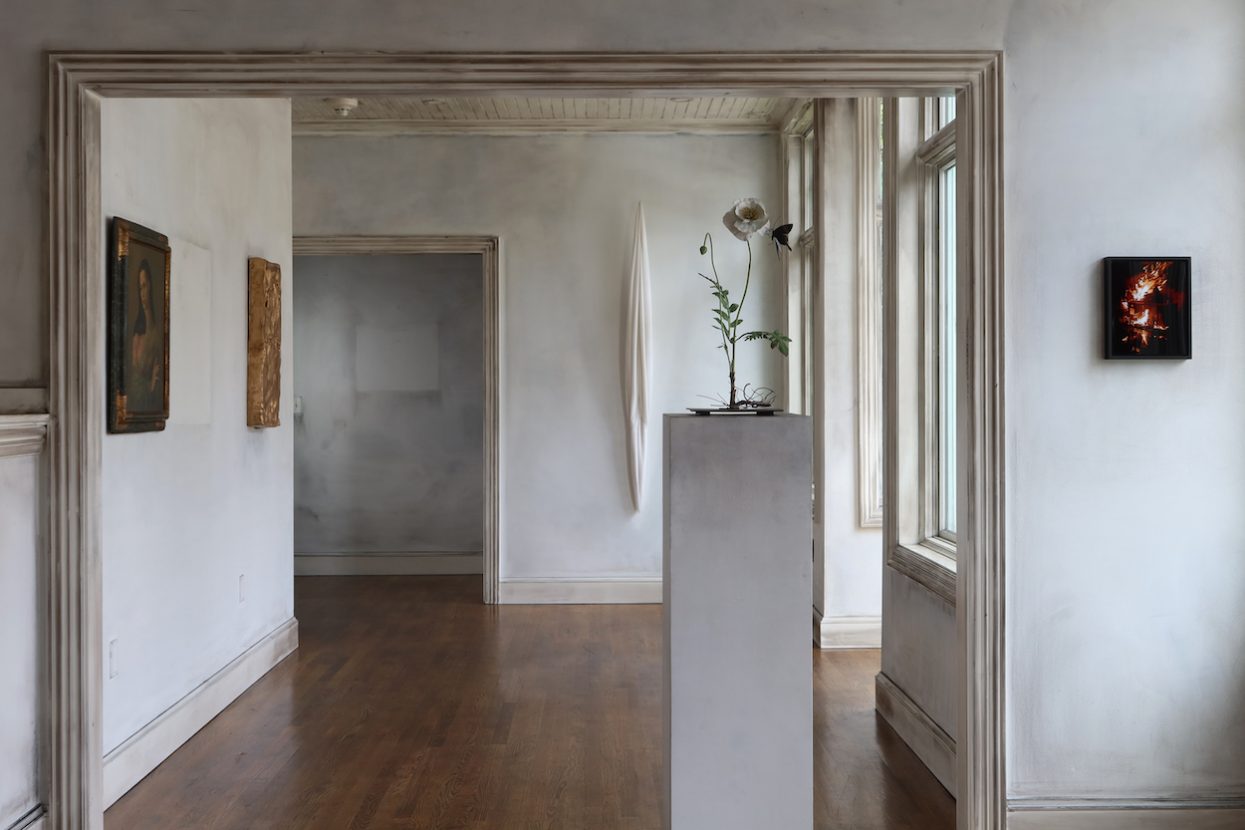As the story goes, the 19th-century interpretations of Italian cupolas found crowning the tops of New England coastal houses were platforms for wives to wait and watch for the return of their seafaring husbands. (Or, hence the name, watch them die trying.) They also served as chimney access; pouring in sand could quench a house fire.
Charlap Hyman & Herrero’s Adam Charlap Hyman has long been fascinated by this fraught architecture. “The railings are a little lower than normal, which makes the roof seem taller. There’s something about their scale that’s instantly appealing,” he says. “And of course the mythology. So they’re useful, but as a kind of folly, they’re also wonderful. They have a way of turning any house into a tower.”
This summer, they form a conceptual core of the firm’s latest exhibition, which fills Martha’s Vineyard’s Winter Street Gallery with incendiary art and design. “Widow’s Walk” brings together work from a dozen artists, making a trail from Pieter de Grebber’s aching, life-size 16th-century portrait Penitent Magdalene to Andra Ursuta’s shroud-cum-meme Man from the Internet 71 (2016) and Eli Ping’s ghostly cotton-and-resin Mote (2023).
There’s smoke: across the gallery walls, Jenny Jesky applied charcoal blurs and smears to fashion impressions of missing work. “Smoke damage had destroyed most of her own house, some ten years ago,” he says. “She took all these spooky images of it. I think she found it cathartic to process that experience and turn it into a world that’s productive as opposed to destructive.” And there’s fire: Alphonse Cytere’s iridescent Flambé Vase (1914–20) performs a similar alchemy to Art Deco effect, while Matthew Leifheit’s modern classic To Die Alive photograph of Fire Island’s Grove Hotel ablaze makes you cry out for sand to throw.
A photograph of interior designer Jean-Michel Frank might make you simply cry. Taken by his lover, Thad Lovett, Frank raises himself from a hospital bed, his eyes so full of exhaustion and affection. His leg is in a cast, beneath a kind of traction that doesn’t not call to mind the railing of a widow’s walk. Like the storied architecture, the photo seems to both mourn and save a life so that we may remember it.



